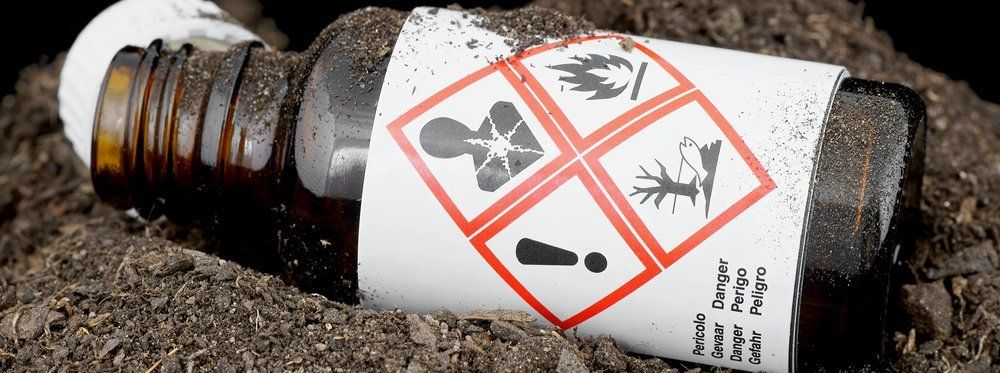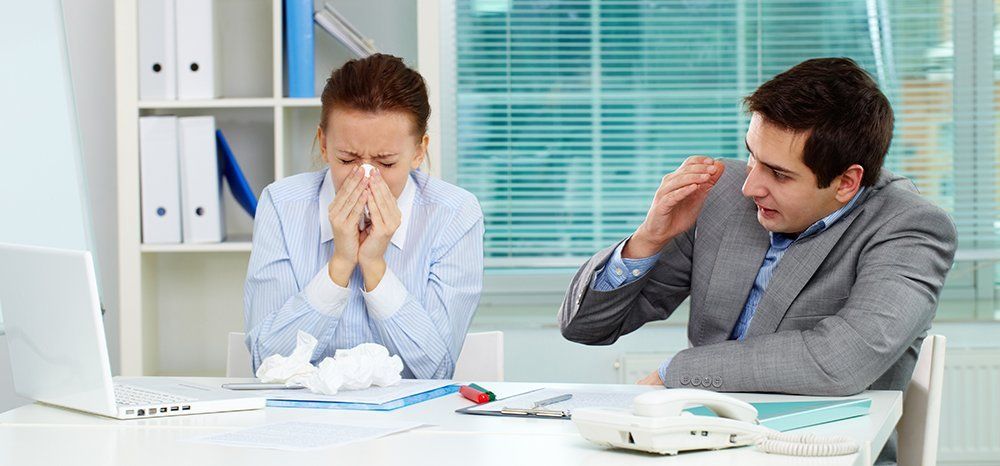Safe Use of Pool Chemicals
Proper Training Makes All the Difference!

Swimming pools require frequent application of disinfectants and other pool chemicals, and exposure to these chemicals can cause illness and injury.
During 2002-2008, an estimated 28,071 cases of illness or injury associated with pool disinfectants and other pool chemicals occurred nationally (an average of 4,010 cases per year). Most cases occurred at private residences. In the six states (California, Iowa, Louisiana, Michigan, North Carolina, and Texas) participating in the Sentinel Event Notification System for Occupational Risk (SENSOR) Program, 40% of cases were work-related, 9% of which involved loss of 1 or more days from work 1 . The most frequently identified causes of illness or injury were mixing incompatible chemicals, spills and splashes of pool chemicals, lack of appropriate personal protective equipment (PPE) use, lack of proper training and supervision, and dust clouds or fumes generated by opening a pool chemical container.
In order to prevent these injuries and illnesses, the Center for Disease Control and Prevention (CDC) makes the following training recommendations:
- Train all staff in pool chemical safety basics.
- Provide additional training to staff working with pool chemicals.
- Include at least the following topics in pool operator training/certification to decrease the likelihood of pool chemical–associated injuries in aquatic–facility staff and patrons:
- Impact of each pool chemical on the water’s chemistry and the monitoring systems
- If the test kit’s limit is exceeded, how to measure higher chlorine levels (for example, using dilution or higher range test strips).
- Layout of a safe chemical storage area and pump room
- Calculation of pool volume
- Calculation of appropriate amount of pool chemicals needed
- Safe chemical storage and handling practices
- For example: 1) protect individual pool chemicals from mixing together or with other substances and 2) use PPE while handling chemicals.
- Check out Federal and Michigan Occupational Safety and Health Administration (OSHA) and Michigan OSHA resources.
- Basics of preventive and safe maintenance of equipment
- For example: 1) close pool to swimmers if recirculation system not running and 2) use PPE when working on equipment that contains or circulates pool chemicals.
- First aid for pool chemical exposures
- Develop an emergency response plan which includes:
- Spill-cleanup procedure
- Chemical accident and exposure response
- Clear chain of command and alternates with contact information
- Evacuation plan
- Communication plan for alerting patrons, staff, and emergency responders
- Train the staff on the procedures in the emergency response plan.
- Keep a copy of the emergency response plan near the chemical storage area, pump room, and pool area, and ensure that another copy is also available at a remote location in case of an evacuation.
- Ensure up-to-date MSDSs are easily accessible to first responders in case of evacuation.
- Have a phone with updated emergency numbers in case of an evacuation.
- Practice emergency response with first responders.
In order to ensure that your staff receives proper training and maintains competency, it is recommended that they obtain the Certified Pool/Spa Operator® (CPO®) certification offered by National Swimming Pool Foundation 2 certified instructors. The CPO® certification course is designed to provide the basic knowledge, techniques, and skills of pool and spa operations including safe storage and use of chemicals.
References:
- CDC. Acute Illness and Injury from Swimming Pool Disinfectants and Other Chemicals --- United States, 2002—2008. MMWR Morb Mortal Wkly Rep. 2011; 60(39):1343-7.
- National Swimming Pool Foundation at www.nspf.org









